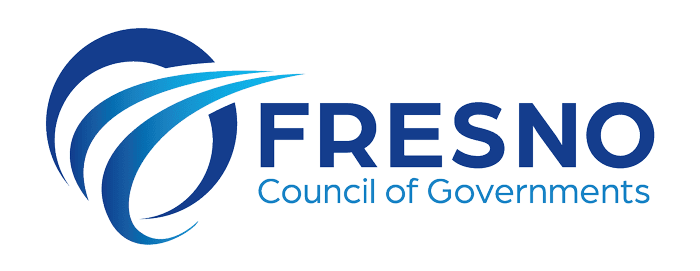At its July 30 meeting, the Steering Committee began its discussion of funding allocations and assigned a priority order to the following categories:
– Local neighborhood roads
– Transit bus service
– Safe Routes to Schools
– Sidewalks in neighborhoods
– Larger regional projects
– Bike lanes and walking paths
– Other
As the topic progressed, however, some members expressed concerns that the categories themselves had not been fully defined and vetted thoroughly enough for the Committee to reasonably assign values to them. In an effort to address those concerns, the Measure C Facilitation team provides the following major categories, subcategories and examples for consideration:
Existing Neighborhood Roads
– Streets near homes, schools, and parks
– Arterials such as Shaw/Jensen Avenues
– Major roads such as Whitesbridge/Lassen/Golden State
– Alleys, bike lanes, sidewalks (repair & new)
– Street lights, signals, and other safety features
Public Transportation
– Transit systems – urban/rural
– Senior/veteran/youth Transportation
– Carshare/Vanpools
– Mobility Hubs
– Future transportation alternatives
Active Transportation
– Bike and pedestrian trail maintenance & construction
– Accessibility improvements
– Safe Routes to Schools
Regional Connectivity
– Major road projects for safety improvements and congestion reduction
– Airports
– Grade separations
Other
– Future alternative transportation
– Transit Oriented Development
– New technologies
Administration
– Administration/Planning
The Steering Committee may recommend any arrangement of categories it sees fit, subject to feedback and approval of the Fresno COG and Fresno County Transportation Authority Boards. Further discussion and refinement of the categories, including an exploration of specific definitions from a traffic engineering perspective, may be useful in understanding and deciding how best to allocate funding. The intended product for this agenda item is to arrive at consensus of what categories, and potential subcategories, should be considered for funding.

